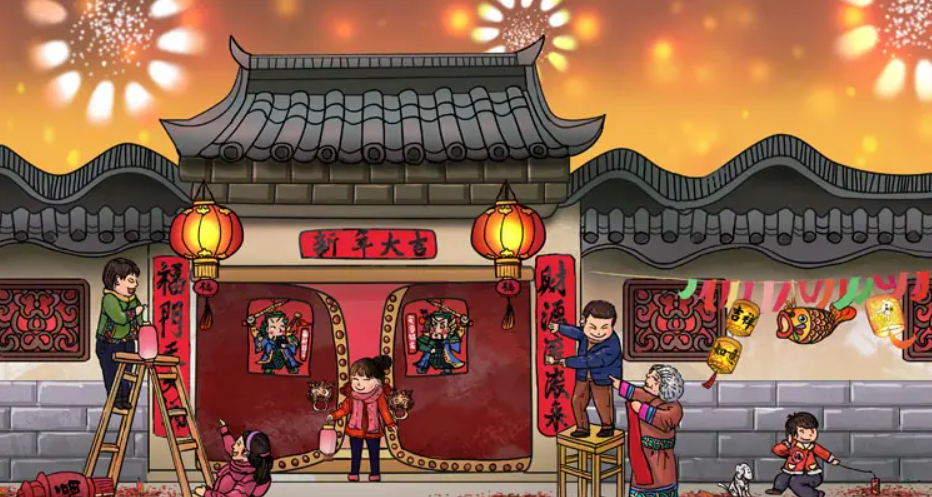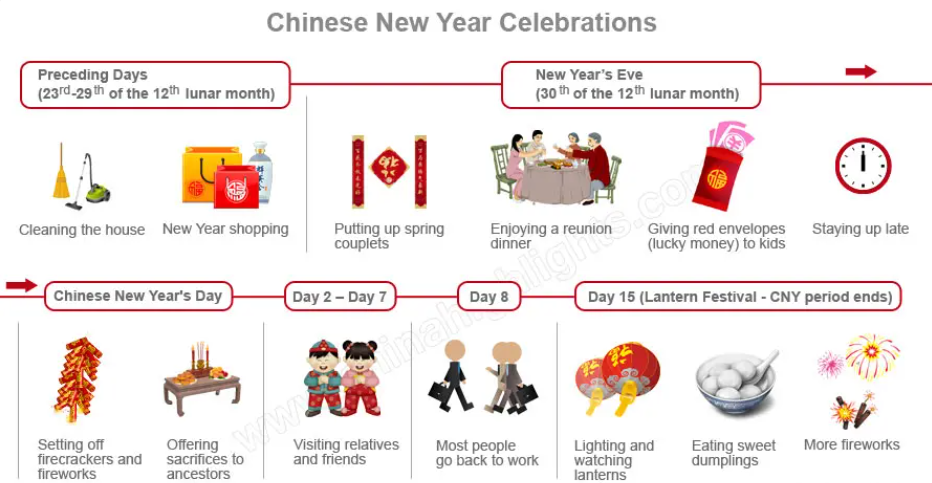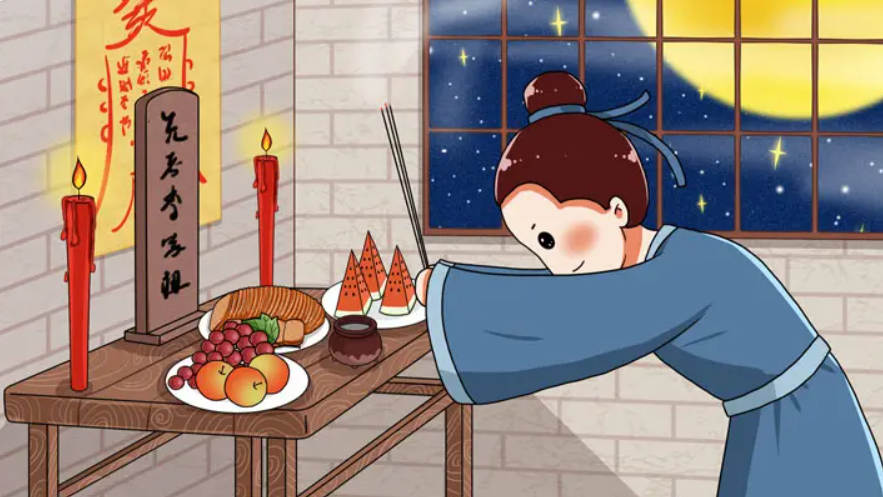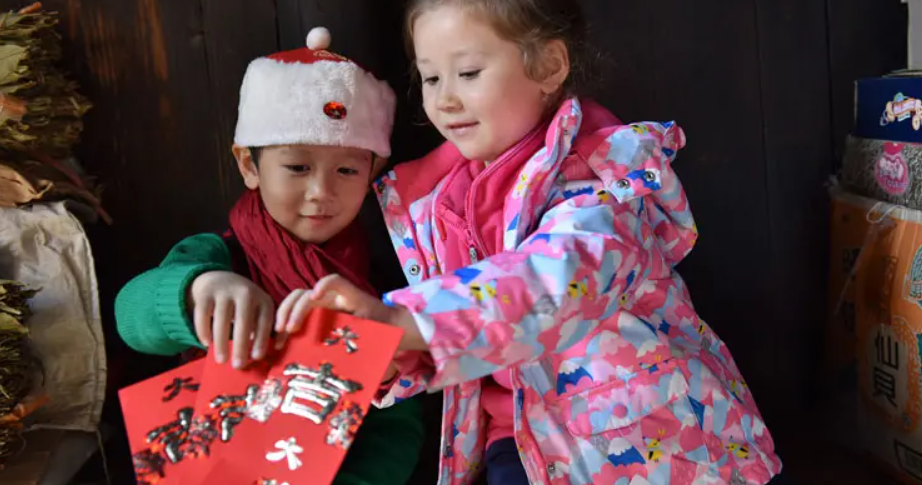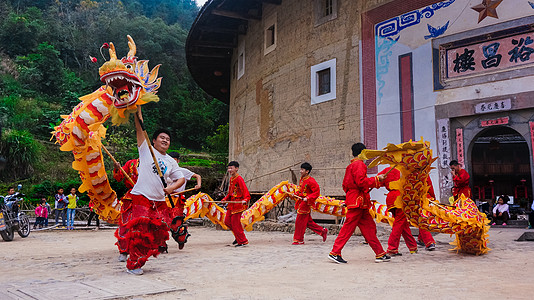Chinese New Year (also called Lunar New year) is a time for family, friends, and feasting! It’s a time to reflect on the past year and set our sights on the year ahead.
For many, Chinese New Year is the most important holiday of the year. It’s a time to be with loved ones, and to celebrate all that we’ve accomplished.
Chinese New Year has a more than 3,000-year history and is linked to numerous myths. A well-known myth describes the supernatural beast Nian, pronounced similarly to the word “year” in Chinese, which appears on Lunar New Year’s Eve and devours humans and animals.
People burned bamboo, lit candles, exhibited red paper, dressed in red, and displayed red objects to frighten the monster away. These customs have persisted up to the present day.
Although regional traditions and customs differ greatly, they all revolve around saying goodbye to the previous year and wishing the new one luck and prosperity. Among the primary Chinese New Year celebrations are:
- decorating, making sacrifices to ancestors,
- having a reunion dinner with relatives on New Year’s Eve,
- exchanging gifts and red envelopes,
- setting off fireworks and firecrackers,
- and taking in lion and dragon dances.
1. decorating, making sacrifices to ancestors
Before the Spring Festival, people thoroughly clean their homes to represent sweeping away the bad luck from the previous year and preparing their homes for good luck.
As red is considered to be an auspicious hue for the Lunar New Year, representing prosperity and energy—which ward off evil spirits and negativity—red is the predominant color during the event. Streets are lined with red lanterns, and doorways are covered in crimson couplets and images of the New Year.
A Chinese New Year custom that is adhered to is honoring the deceased. In order to demonstrate that they are letting their ancestors “eat” first, many Chinese people visit their ancestors’ graves the day before Chinese New Year’s Day, offer sacrifices to the dead before the family reunion supper, and set out an extra glass at the dinner table on New Year’s Eve.
2.having a reunion dinner with relatives on New Year’s Eve
Families typically get together during Chinese New Year (also known as the Lunar New Year). The most significant period is on Chinese New Year’s Eve. People are supposed to be at home to celebrate the event with their families, wherever they may be. The supper on Chinese New Year’s Eve is referred to as the “reunion feast.” Large families with multiple generations eat together at round tables and enjoy their time together.
3. exchanging gifts and red envelopes
Red envelopes, or red packets (lsh or lai see in Cantonese), are a common sight during the Chinese New Year. Children and senior citizens in retirement are frequently given red envelopes with money inside.
The term “ya sui qian” (/yaa sway chyen/), which translates to “suppressing Sui [the demon]money,” is used to refer to the crimson envelope (money). A safe and tranquil new year is wished to anybody who receives a red envelope.
Alcohol, tea, fruits, and candies are some additional common gifts during the Lunar New Year.
4. setting off fireworks and firecrackers
Lighting off firecrackers and fireworks is a necessary holiday activity, from large-scale public displays in major cities to millions of home celebrations in rural China. It serves as a means of warding off evil and bringing in the new year.
The largest display of fireworks at any time of year takes place in China at midnight and during the first few minutes of Chinese New Year.
5. lion and dragon dances
During the Lunar New Year, lion dances and dragon dances are frequently performed throughout China and Chinatowns in many Western nations. They are carried out to bring wealth and luck for the forthcoming year or occasion.
Additional Chinese New Year traditions and customs include donning new attire, observing the Spring Festival Gala, and staying up late on Chinese New Year’s Eve.
